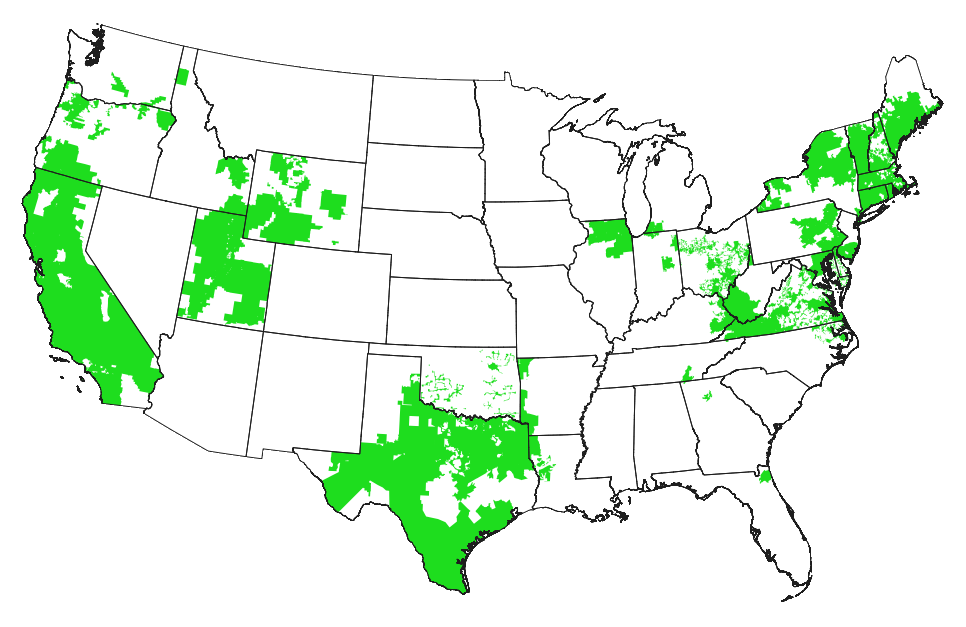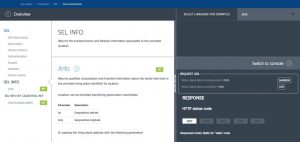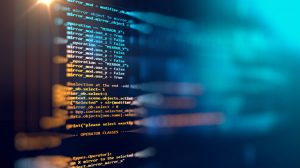The data are set in motion when the possessor, generally the government, gives access to others, either to make decisions (in the case of citizens) or to create products and services with an economic value (if it is a company). But what if the data is not in the hands of the administration but private companies? Would a company risk opening the metrics of its customers, its "market intelligence" without prejudicing its commercial interests? Is it possible to implement a value chain in which every link (government, industry and user) are both promoters and beneficiaries of the innovation generated by opening data? The example of the "Green Button", an American initiative for free access to energy consumption data, is appropriate to begin this reflection.
They indicate the smart disclosure concept
All part of an initial presumption: electricity consumers should have the opportunity to be able to securely download a statement of their electricity consumption from their own suppliers that is easy to understand. This information could be used to make better decisions, from improving the efficiency of solar panels of a facility to checking whether the energy saving measures implemented in a home or building really work. The "Green Button" initiative emerges from this with the search for a standard so utilities start to open to their own customers their accurate personal consumption and billing data. The distinctive feature is that the first to come to this belief turned out to be the White House.
In June 2011, the Obama administration formalized this focus with a framework directive. In less than a month agreements got underway between companies and regulators (starting with California) to prevent privacy breaches with consumer data. In November 2011, the Department of Energy announced prizes of up to $8 million and funding for any innovative idea that would help consumers understand and control their electricity consumption. On January 18, 2012 the "Green Button" was officially launched from Silicon Valley. How is such a quick and decided momentum explained?
A former manager of the Office of Information and Regulatory Affairs, Cass Sunstein, defines the smart disclosure concept as a release of information and complex data in a standardized way and in computer-processable formats so as to allow consumers to make better-informed decisions". It does not seem new, but its implementation required a deeper than usual collaboration between the government, electricity companies, the entrepreneurial network and actual users. The precedent to consider would be the ”Blue Button”, that since 2010 has made it easier for war veterans to access and download their own medical records.
The “smart revelation” is based on seven principles according to a government memo: accessibility and usability, standardization, machine-processable formats, timing, interoperability, adaptation and innovation of the market and complete consumer protection. The convention dictated that businesses have more information on the attributes of the products than their customers, while users know more than the provider about their own patterns of use. Thaler and Sunstein, as this work points out, refuted this, saying that users never kept records of their own patterns of use and consumption, so perhaps altering the way of disclosing this information could motivate them to analyze it so they can make better decisions.
The industry picks up the gauntlet
In January 2012 two large electricity companies already provided data from the "Green Button" to almost 12 million households. The process began in the highly-deregulated electricity market in Texas and the less flexible market of California. Pacific Gas & Electric ("Green Button" section on its website) and San Diego Gas & Electric were the first utilies to adopt it, and others pledged to follow the trail. In a few months the "Green Button" reached 27 million households. Today it is available in 17 states and in the nation's capital. 24 companies apply it and another 43 have committed to do so soon. The fact that the first group was able to implement the initiative in just 90 days reflects that companies detected a good opportunity in terms of cost/benefit from day one.
Areas with open data through Green Button in October 2012.
Each utility did it in its own way. An "early adopter" such as PG&E tried to reduce uncertainties through a technological partner in Palo Alto (Opower), which helped it to analyze behavior and consumer needs. From now on the real potential that the Green Button might have will have to be measured to differentiate the company and customer loyalty.
The time of programmers
This whole process of intelligent data release would be short circuited if technology entrepreneurs and programmers had not been enlisted to create valuable products and services. Aneesh Chopra, Chief Technology Officer at the White House, declared that "the Green Button marked the beginning of a new era of control of energy use by consumers. With the benefits of open data standards, application programmers and other innovators will be able to apply their creativity to create and provide a network of intelligent services to the lives of families".
For developers, the entry into this new ecosystem of opportunities was particularly favorable in comparison with other areas. Standardization, accessibility and interoperability of the format adopted by the utilities involved the elimination of many barriers to entry for them and a more familiar development environment (rather than a different native system for each company). And there were no lack of incentives. Almost simultaneously with the launch of the "Green Button" a computer programming hackathon for applications based on it was announced. The AT&T San Diego Apps Challenge (sponsored by AT&T, San Diego Gas & Electric, CONNECT and CleanTech San Diego) awarded $50,000 in prizes to the winners.
Then came Apps for Energy from the Department of Energy, which offered up to $100,000 to the developers of applications that allow consumers to get more out of the information from the "Green Button". There were thousands of participants and this led to the development of 56 applications.
The developers enjoyed access to a large amount of technical documentation provided by the Department of Energy to "play with the data". Their impact, creativity and execution was awarded (the list of winners can be found here). The top prize went to Leafully, which is an application created by two young programmers from Seattle that makes it possible to visually query the data from the "Green Button" in different units (some original, such as the the number of trees it takes to offset the carbon produced by the energy used in a given facility or home). This app incentivized users to set personal bests for savings and share this information to compete in social networks. According to its creators, the goal is to educate with data "that people understand the dynamics of the energy market, where some energy sources are more desirable than others based on their efficiency".
Following the success of the event, the Department of Energy organized a new competition for November 2013, the American Energy Data Challenge. It revolved around three concepts: best idea for an existing data set (from official sources) , best idea for a non-existent data set (a "wish list", a dataset that, having existed, would have been especially valuable considering the variables that it should contain and the problem that would be better contained than with existing data) and best idea for an app or service focused on energy. The Energy Secretary himself announced the competition. Within 12 months four hackatones were held, and in early 2014 the "Energy Ideas Contest " and "Apps for Energy II" took place. Many of these applications have a life outside these competitions through various marketplaces like Open Energy Info (OpenEI) from the National Renewable Energy Laboratory or the Green Button Connect platform from the software company Tendril.
The challenges ahead
The White House has obtained a good return for all this. The government is no longer a provider of public data but, as has been said, a "creator of institutional ecosystems necessary to support the connection through data of the interests of for-profit companies and their customers."
What about the other links? The biggest challenge for the value chain to function continues to be in the field of consumer habits. According to the Edison Foundation Institute for Electric Efficiency, the average American consumer spends only 6 minutes a year interacting with their electricity provider. at the moment, with the "Green Button", they have access to their own data, but they have to download this information to their computer or other device and then upload it manually to a third-party application. For this reason it is being studied how to eliminate this downloading of data with an initiative called "Green Button Connect My Data". Meanwhile, regulators and utilities must continue to improve the inviolability of data as well as consumer privacy. For developers, these app marketplaces should translate into a revenue source and their professional showcase. These are the aspects to try to consolidate in 2014.










